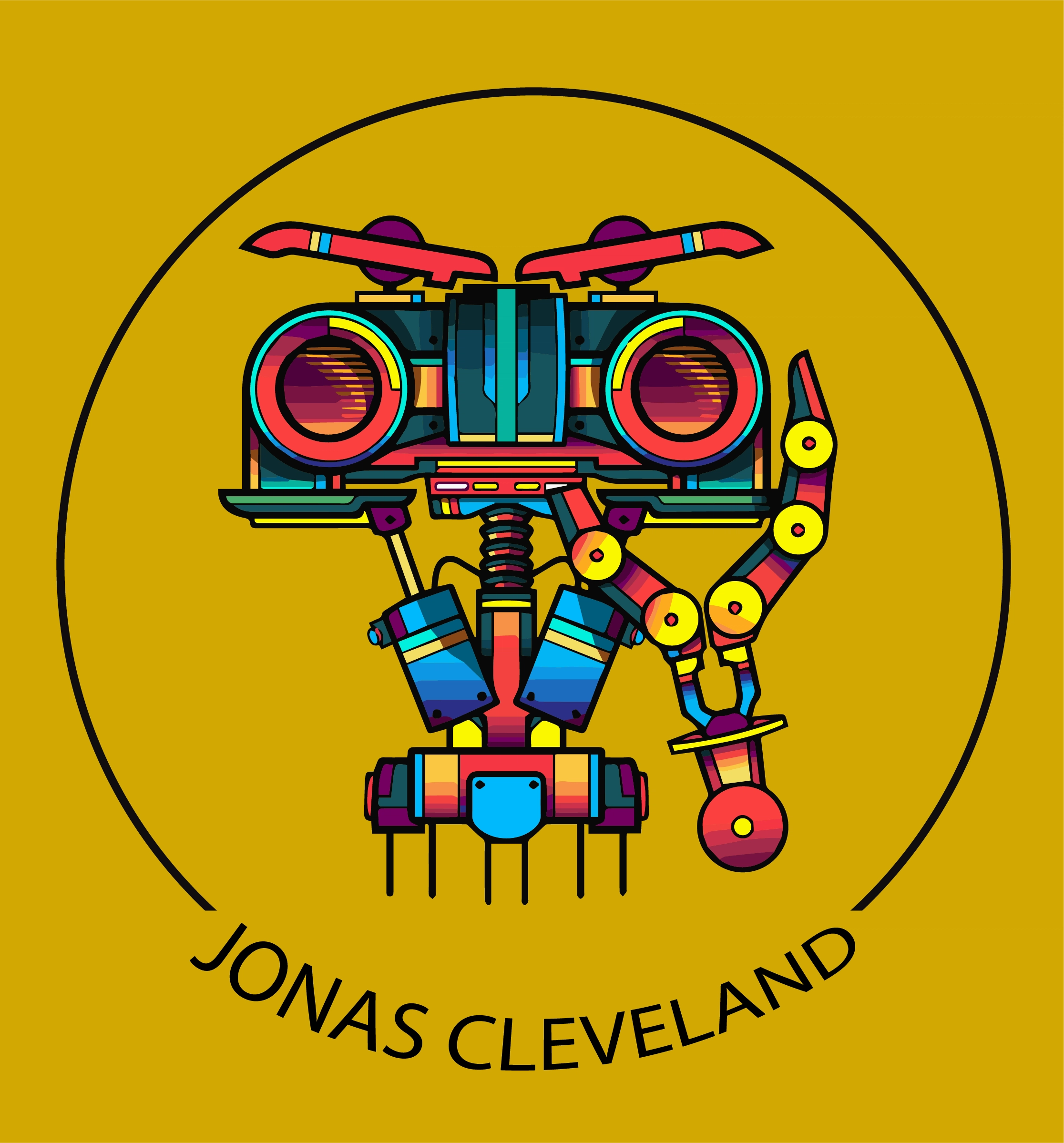Kaggle vs Jupyter: Which One Suits Your Data Science Needs
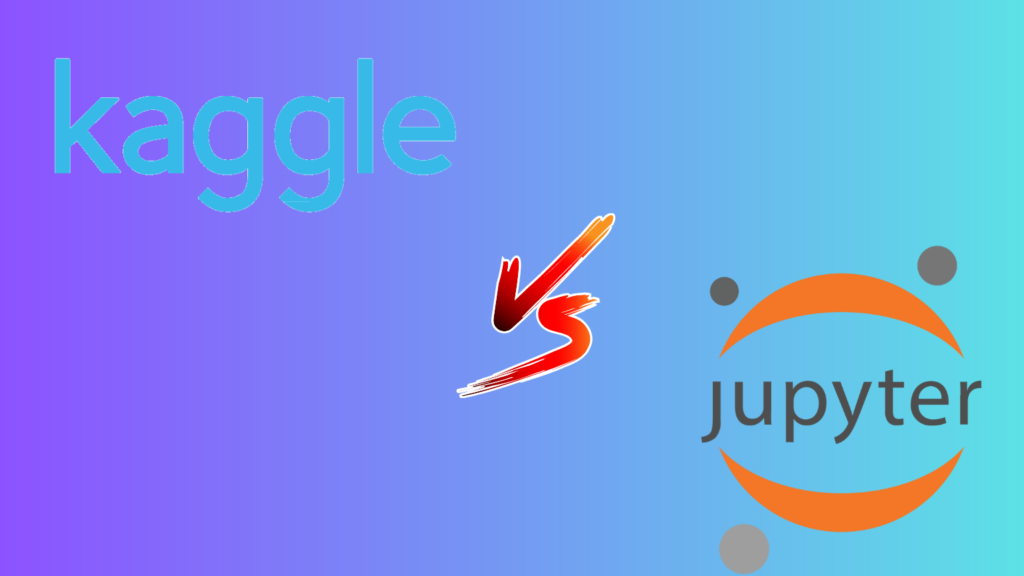
Kaggle and Jupyter are two popular platforms used by data scientists and machine learning practitioners. Kaggle is a platform that hosts data science competitions, while Jupyter is an open-source web application that allows users to create and share documents that contain live code, equations, visualizations, and narrative text. Kaggle Overview Kaggle is a platform that hosts data science competitions and provides a community for data scientists to collaborate and share knowledge. Kaggle competitions are sponsored by companies and organizations that provide datasets and problem statements for participants to solve. Participants submit their solutions, and the best solutions are awarded prizes. Kaggle also provides a platform for data scientists to share their work and collaborate with others. Users can upload and share datasets, notebooks, and kernels. Notebooks are interactive documents that contain code, visualizations, and text explanations. Kernels are code notebooks that can be run on Kaggle’s servers, allowing users to experiment with different algorithms and techniques without having to set up their own computing environment. Jupyter Overview Jupyter is an open-source web application that allows users to create and share documents that contain live code, equations, visualizations, and narrative text. Jupyter supports over 40 programming languages, including Python, R, and Julia. Jupyter notebooks are interactive documents that allow users to write and execute code, visualize data, and explain their thought process in a single document. Jupyter notebooks are widely used in data science and machine learning workflows. They allow users to experiment with different algorithms and techniques, visualize data, and share their work with others. Jupyter notebooks can be run locally on a user’s computer or on a remote server, making them a flexible tool for data science workflows. NGINX Vs NGINX Plus: Why Upgrade from Open Source to Commercial Version Kaggle vs Jupyter: Differences While Kaggle and Jupyter are both popular tools for data science, they serve different purposes. Kaggle is primarily a platform for hosting data science competitions and sharing work with others. Jupyter, on the other hand, is a tool for creating and sharing interactive documents that contain live code, visualizations, and text explanations. One key difference between Kaggle and Jupyter is the level of collaboration they support. Kaggle provides a platform for data scientists to collaborate on projects and share their work with others. Jupyter, on the other hand, is primarily a tool for individual users to create and share their own work. Another difference between Kaggle and Jupyter is the level of customization they offer. Kaggle provides a cloud-based environment for running code and experimenting with different algorithms and techniques. Users can customize their environment by installing custom dependencies and packages. However, Kaggle’s environment is limited to what is available on the platform, and users cannot install their own software. Jupyter, on the other hand, is a more flexible tool that allows users to customize their environment to their liking. Users can install any software they need and run Jupyter notebooks locally or on a remote server, making it a more powerful tool for data science workflows that require specific software or hardware configurations. Another difference between Kaggle and Jupyter is the level of control they offer over data. Kaggle provides a platform for hosting datasets and competitions, but users do not have full control over the data. Jupyter, on the other hand, allows users to work with data locally or on a remote server, giving them full control over the data. Using Kaggle and Jupyter Together While Kaggle and Jupyter serve different purposes, they can be used together to enhance data science workflows. Kaggle provides a platform for hosting data science competitions and sharing work with others, while Jupyter provides a flexible tool for creating and sharing interactive documents. One way to use Kaggle and Jupyter together is to use Kaggle’s datasets and competitions as a starting point for data science projects. Users can download datasets from Kaggle and use Jupyter notebooks to explore the data, visualize it, and experiment with different algorithms and techniques. Another way to use Kaggle and Jupyter together is to use Kaggle’s kernels as a starting point for Jupyter notebooks. Kaggle kernels are code notebooks that can be run on Kaggle’s servers. Users can download kernels from Kaggle and modify them to suit their needs. They can then run the modified kernels on their own Jupyter environment, allowing them to experiment with different algorithms and techniques in a more flexible environment. OpenShift Vs Kubernetes: A Comprehensive Comparison Conclusion Kaggle and Jupyter are two popular tools for data science and machine learning workflows. While they serve different purposes, they can be used together to enhance data science workflows. Kaggle provides a platform for hosting data science competitions and sharing work with others, while Jupyter provides a flexible tool for creating and sharing interactive documents. By using Kaggle’s datasets and competitions as a starting point for Jupyter notebooks, and by using Kaggle’s kernels as a starting point for Jupyter notebooks, users can take advantage of the strengths of both platforms to create more powerful and flexible data science workflows. Additionally, users can use Jupyter to create more complex and customized data science workflows that require specific software or hardware configurations. By using Jupyter, users can also have full control over their data, which is not possible on Kaggle. Overall, Kaggle and Jupyter are both valuable tools for data science and machine learning workflows. While they serve different purposes, they can be used together to enhance data science workflows and create more powerful and flexible data science projects. FAQs
RASP vs WAF: Which is the Better Security Solution?
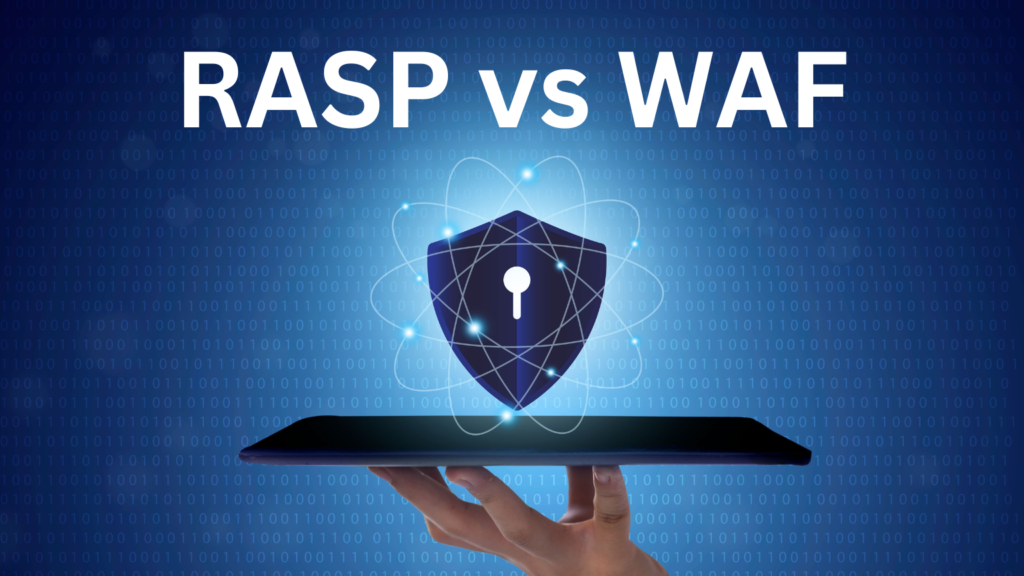
In today’s digital age, web applications are becoming increasingly popular, and so are the risks associated with them. Cybercriminals are always on the lookout for vulnerabilities in web applications that they can exploit to gain unauthorized access to sensitive data. To mitigate these risks, organizations need to implement robust security solutions that can protect their web applications from various types of attacks. Two such solutions are Runtime Application Self-Protection (RASP) and Web Application Firewall (WAF). What is RASP? Runtime Application Self-Protection (RASP) is a security solution that provides real-time protection to web applications by monitoring their runtime behavior. RASP works by embedding security controls within the application itself, which allows it to detect and prevent attacks before they can cause any damage. RASP is proactive in nature and can identify and mitigate risks before they are exploited by attackers on vulnerable applications or their data. RASP uses various techniques such as dynamic analysis, behavioral analysis, and machine learning to detect and prevent attacks. Dynamic analysis involves monitoring the runtime behavior of the application to detect any abnormal activity. Behavioral analysis involves analyzing the behavior of the application to detect any suspicious activity. Machine learning involves using algorithms to learn from past attacks and predict future attacks. Cybersecurity vs Software Engineering: Choosing the Right Career Path What is WAF? Web Application Firewall (WAF) is a security solution that provides protection to web applications by analyzing the traffic between the application and the user. WAF works by filtering out malicious traffic and blocking it from reaching the application. WAF is reactive in nature and can only detect and prevent attacks that have already been identified as malicious. WAF uses various techniques such as signature-based detection, anomaly-based detection, and reputation-based detection to detect and prevent attacks. Signature-based detection involves comparing the traffic against a database of known attack signatures. Anomaly-based detection involves analyzing the traffic to detect any abnormal activity. Reputation-based detection involves analyzing the reputation of the traffic source to determine if it is trustworthy or not. RASP vs WAF: How do they compare? Now that we have a basic understanding of RASP and WAF, let’s compare them based on various parameters. Detection Mechanism RASP detects attacks by monitoring the runtime behavior of the application, whereas WAF detects attacks by analyzing the traffic between the application and the user. RASP is more proactive in nature and can detect and mitigate risks before they are exploited by attackers. WAF, on the other hand, is more reactive in nature and can only detect and prevent attacks that have already been identified as malicious. Protection Against New Vulnerabilities RASP provides protection against new application vulnerabilities that are not present in WAF. RASP can be used to defend legacy applications or those that have been developed for operating systems other than Windows. WAF, on the other hand, requires an organization to know what vulnerabilities are out there in order to build their defense against them. Performance Impact RASP has a lower performance impact than WAF because it embeds security controls within the application itself. This means that RASP does not require additional hardware resources to function, and it does not add any latency to the application. WAF, on the other hand, can have a significant impact on performance because it analyzes the traffic between the application and the user, which can cause latency and slow down the application. False Positives and False Negatives RASP has a lower rate of false positives and false negatives than WAF. This is because RASP monitors the runtime behavior of the application, which allows it to detect and prevent attacks more accurately. WAF, on the other hand, can generate false positives and false negatives because it analyzes the traffic between the application and the user, which can be affected by various factors such as network latency, user behavior, and more. Ease of Deployment and Maintenance RASP is easier to deploy and maintain than WAF. This is because RASP embeds security controls within the application itself, which means that it does not require any additional hardware or software to function. WAF, on the other hand, requires an organization to deploy and maintain a separate hardware or software appliance, which can be time-consuming and costly. How to Start a Career in CyberSecurity? Cost RASP is generally more expensive than WAF. This is because RASP requires an organization to embed security controls within the application itself, which can be a complex and time-consuming process. WAF, on the other hand, is generally less expensive than RASP because it requires an organization to deploy and maintain a separate hardware or software appliance, which is less complex and time-consuming. Conclusion In conclusion, both RASP and WAF are effective security solutions that can protect web applications from various types of attacks. However, they differ in their detection mechanism, protection against new vulnerabilities, performance impact, false positives and false negatives, ease of deployment and maintenance, and cost. Organizations should carefully evaluate their security needs and choose the solution that best meets their requirements. If an organization needs proactive protection against new vulnerabilities and has the resources to embed security controls within the application itself, RASP may be the better solution. If an organization needs reactive protection against known vulnerabilities and has limited resources, WAF may be the better solution. It is also worth noting that RASP and WAF can complement each other, and organizations can use both solutions to provide comprehensive protection to their web applications. FAQs References
NGINX Vs NGINX Plus: Why Upgrade from Open Source to Commercial Version
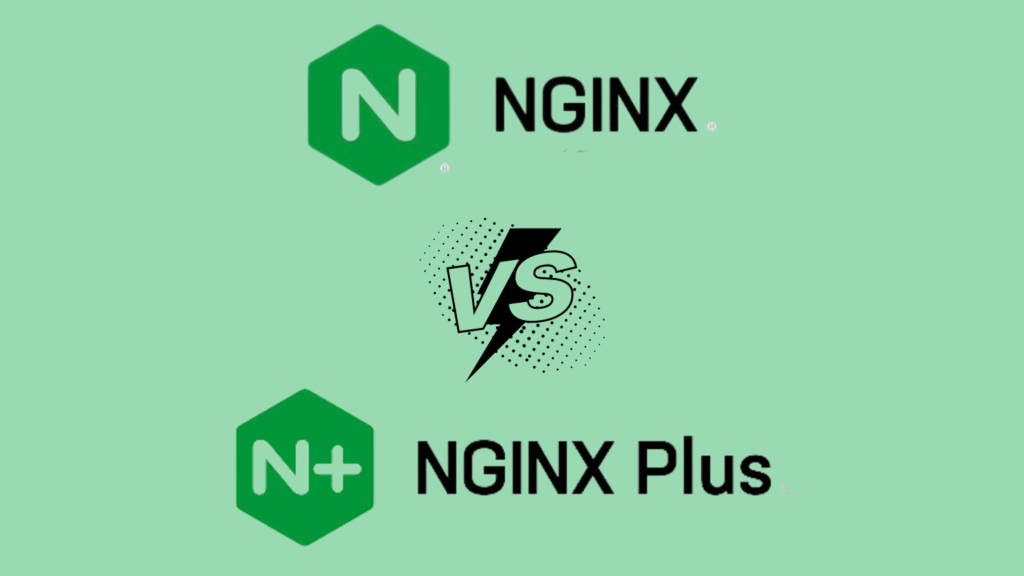
NGINX is a popular open-source web server that is widely used for its high performance, scalability, and reliability. However, as businesses grow and their web traffic increases, they may need more advanced features and support than what the open-source version can provide. This is where NGINX Plus comes in. NGINX NGINX is a lightweight, high-performance web server that was designed to handle a large number of concurrent connections and requests. It was created by Igor Sysoev in 2004 and was initially developed to solve the C10k problem, which refers to the challenge of handling 10,000 concurrent connections on a single server. NGINX is known for its ability to handle a large number of concurrent connections and requests, making it a popular choice for high-traffic websites and applications. It is also known for its low resource usage, which allows it to handle more requests with less hardware than other web servers. In addition to its web server capabilities, NGINX can also act as a reverse proxy, load balancer, and HTTP cache. As a reverse proxy, NGINX can be used to improve the performance and security of web applications by offloading tasks such as SSL termination and content caching from backend servers. As a load balancer, NGINX can distribute traffic across multiple servers, ensuring high availability and performance. As an HTTP cache, NGINX can store frequently accessed content in memory or on disk, reducing the load on backend servers and improving response times. NGINX is available as open-source software under the terms of the 2-clause BSD license. This means that it can be used, modified, and distributed freely, even for commercial purposes. NGINX also offers a commercial version called NGINX Plus, which comes with additional features and support that are not available in the open-source version. Overall, NGINX is a powerful and flexible web server that is widely used for its high performance, scalability, and reliability. Its ability to handle a large number of concurrent connections and requests, along with its low resource usage, make it a popular choice for high-traffic websites and applications. NVR vs DVR: Choosing the Right Option for Your Security Needs NGINX Vs NGINX Plus: What’s the Difference? NGINX Plus is the commercial version of NGINX, which means it comes with additional features and support that are not available in the open-source version. Some of the advanced features that NGINX Plus offers include: Support and Maintenance One of the main benefits of upgrading to NGINX Plus is the support and maintenance that comes with it. NGINX Plus customers have access to 24/7 technical support from NGINX experts, as well as regular software updates and security patches. This can be especially valuable for businesses that rely on NGINX for critical applications and services. NGINX Plus also comes with a commercial license, which provides legal protection and indemnification against any potential legal issues that may arise from using the software. Cost Considerations While NGINX is free and open-source, NGINX Plus is a commercial product that requires a subscription. The cost of the subscription varies depending on the number of instances and the level of support required. However, for businesses that require advanced features and support, the cost of upgrading to NGINX Plus may be well worth it in terms of improved performance, reliability, and security. Front End vs Back End Languages: Difference Explained NGINX Vs NGINX Plus: Which One is Right for You? The decision to upgrade to NGINX Plus ultimately depends on your business needs and priorities. If you are running a small website or application with low traffic, the open-source version of NGINX may be sufficient for your needs. However, if you are running a large-scale application or service that requires advanced features and support, upgrading to NGINX Plus may be the way to go. When considering whether to upgrade to NGINX Plus, it’s important to weigh the cost of the subscription against the potential benefits in terms of improved performance, reliability, and security. You should also consider the level of support that your business requires, and whether the 24/7 technical support provided by NGINX Plus is worth the cost. Conclusion NGINX and NGINX Plus are both powerful web servers that offer high performance, scalability, and reliability. However, for businesses that require advanced features and support, upgrading to NGINX Plus may be the way to go. With its advanced load balancing, content caching, SSL/TLS termination, application firewall, API gateway, and advanced monitoring and analytics capabilities, NGINX Plus provides a one-stop solution for all your application delivery requirements. Additionally, the 24/7 technical support and regular software updates and security patches provided by NGINX Plus can give you peace of mind and ensure that your critical applications and services are always up and running. FAQs
What is Labelbox? Its Uses, Alternatives, Advantages and More you Want to Know

Labelbox is a prominent data labeling platform tailored for the burgeoning world of AI and machine learning. It equips businesses and teams with the essential tools to curate, manage, and monitor high-quality training datasets. Let’s delve deeper into Labelbox and its offerings. Background Story Labelbox was founded in 2018 by Manu Sharma, Brian Rieger, and Daniel Rasmuson. The founders were previously associated with companies like Google, PlanGrid, and Tesla. Manu Sharma, the CEO of Labelbox, has a background in computer science and has worked on several machine learning projects. Brian Rieger, the CTO of Labelbox, has a background in software engineering and has worked on several projects related to data management. Daniel Rasmuson, the COO of Labelbox, has a background in business and has worked on several projects related to finance and operations. The founders’ expertise in their respective domains has enabled them to create a platform that caters to a wide range of sectors Target Customers Labelbox’s platform is designed to cater to machine learning teams that require high-quality training data to create realistic AI applications. The platform is suitable for a wide range of sectors, including: Labelbox’s label editor tools are suitable for both batch and real-time labeling workflows. The platform also offers analytics, collaboration tools, and quality review mechanisms. Labelbox’s platform is designed to help machine learning teams create representative models that mirror real-world variables. Capital Raised, Estimated Revenue This company, still in its Series D stage, has managed to raise an impressive total of $188.9 million 1. Their last significant funding was $110 million, which was secured two years ago. Labelbox has successfully raised a total of $188.9 million across 6 funding rounds. Labelbox has drawn investments from a total of 11 different investors. Notably, Andreessen Horowitz, a venture capital firm based in California, has invested in Labelbox’s Series B, Series C (in 2021), and Series D (in 2022) funding rounds. Other notable investors include Catherine Wood, an Angel Investor from New York, who invested in both the Series C and Series D rounds, and B Capital Group, a venture capital entity from California, which also invested in the Series C and Series D rounds. What is Scale AI? Products and Services Competitors Here is the list of top 10 competitors of Labelbox: Pros and Cons of Labelbox Pros Cons
What is Scale AI? It’s Features, Competitors, Pros and Cons and More
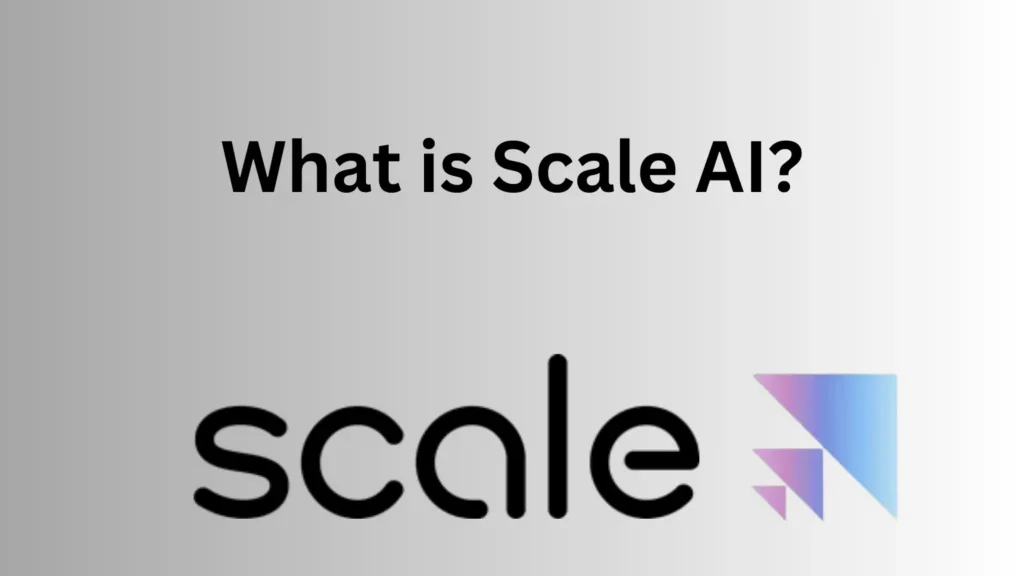
Scale AI is a fast-growing AI infrastructure startup that provides businesses and organizations with the tools they need to build and deploy machine learning models. Let’s explore Scale AI in detail. Background Story Scale AI was founded in 2016 by Alexandr Wang, a former machine learning engineer at Quora. Wang recognized the need for a more efficient and accurate way to label data for machine learning models, and he founded Scale AI to address this need. The company quickly gained traction and received support from leading investors, including Y Combinator, Founders Fund, and Accel. Today, Scale AI is one of the fastest-growing AI infrastructure startups in the world, with a valuation of over $7 billion. Target Customers Scale AI targets businesses that require high-quality data labeling, management services and AI infrastructure to build and deploy machine learning AI/ML models. The company’s services are particularly useful for businesses in the healthcare, finance, and retail industries, where accuracy and precision are critical. The company’s customers include leading companies in the technology, automotive, and logistics industries, as well as government agencies. Scale AI’s customers include major companies such as Lyft, Airbnb, and OpenAI, as well as smaller startups and businesses. Scale AI targets businesses and organizations that require AI infrastructure to build and deploy machine learning models. Scale AI’s products are designed to help these customers automate tasks, reduce costs, and improve efficiency. Capital Raised and Estimated Revenue As of August 2023, Scale AI has raised over $600 million in funding from investors, including Founders Fund, Index Ventures, Thrive Capital, Accel, and Coatue Management. The company’s estimated revenue is not publicly disclosed. However, Scale AI’s rapid growth and high valuation suggest that the company is generating significant revenue and is well-positioned for future success. In 2021, Scale AI signed a $249 million contract with the US Department of Defense, which is a significant source of revenue for the company. What is v7 LABS? Products Scale AI offers a suite of AI infrastructure products that are designed to help businesses build and deploy machine learning models. These products include: The company’s flagship product is its data labeling platform, which uses a combination of human and machine intelligence to label data for machine learning models. Scale AI’s data labeling platform is highly customizable and can be tailored to meet the specific needs of each customer. In addition to its data labeling platform, Scale AI also offers a suite of other AI infrastructure products, including a machine learning operations platform and a computer vision platform. These products are designed to help businesses automate tasks, reduce costs, and improve efficiency. Scale AI’s products are highly accurate and efficient, which can help businesses save time and money when building machine learning models. Competitors Scale AI faces competition from a range of companies that offer similar data labeling and management services. Some of the company’s main competitors include: Pros and Cons of Scale AI Pros Cons
What is v7 LABS and its Uses, Competitors, and Everything You Need to Know
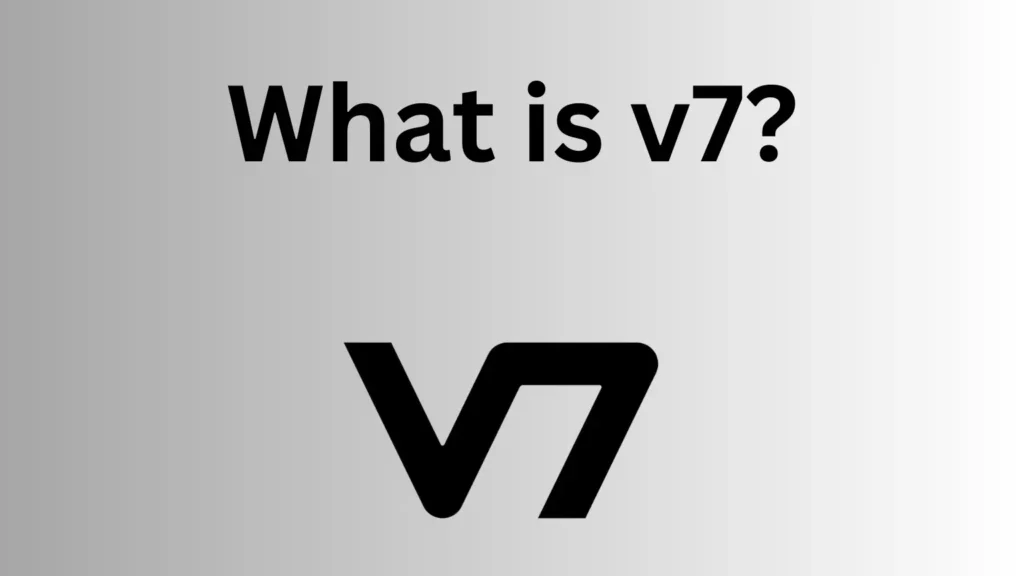
V7 Labs is a technology company that is revolutionizing the way data is labeled and categorized for artificial intelligence (AI) training models. Let’s See all the details about this company. Background Story V7 Labs is a Stockholm-based startup that specializes in AI data management. The company was founded in 2018 by Lorenzo Rizzoli, Simon Edwardsson and a team of experienced entrepreneurs and engineers who recognized the need for a more efficient way to label and categorize data for artificial intelligence (AI) training models. The founders of V7 Labs have a strong background in computer vision, machine learning, and software engineering. Rizzoli previously worked at Google, while Edwardsson was a co-founder of Imagimob, a company that develops AI solutions for mobile devices. V7 Labs has a team of over 20 employees and has received funding from several prominent investors. Target Customers V7 Labs’ primary target customers are businesses that use AI to develop products and services. The company’s platform is particularly useful for companies that work with computer vision, such as those in the medical and scientific fields. V7 Labs caters to a wide range of industries, including: The company’s solutions are tailored to meet the specific needs of each industry, and its platform is designed to handle large volumes of data with ease.V7 Labs has over 300 clients, including GE Healthcare, Paige AI, and Siemens, as well as other Fortune 500 companies and privately held businesses. Capital Raised and Estimated Revenue V7 Labs recently raised $3 million in a funding round led by Radical Ventures and Temasek, with participation from Air Street Capital, Amadeus Capital Partners, and Partech. V7 Labs has seen strong demand for its services and has raised $33 million in funding to date. The company’s estimated revenue is not publicly available, but it has been growing rapidly since its inception. V7 Labs has attracted investment from some of the world’s leading venture capital firms, including Gradient Ventures, Lux Capital, and M12. Labelbox vs Roboflow: A Comparative Study of AI Training Platform Products and Services Competitors of V7 Labs V7 Labs’ main competitors are other companies that offer AI data management solutions, such as: However, V7 Labs differentiates itself by focusing on automation and efficiency, which it claims can save businesses up to 80% of their engineering team’s time. Pros and Cons Pros Cons
